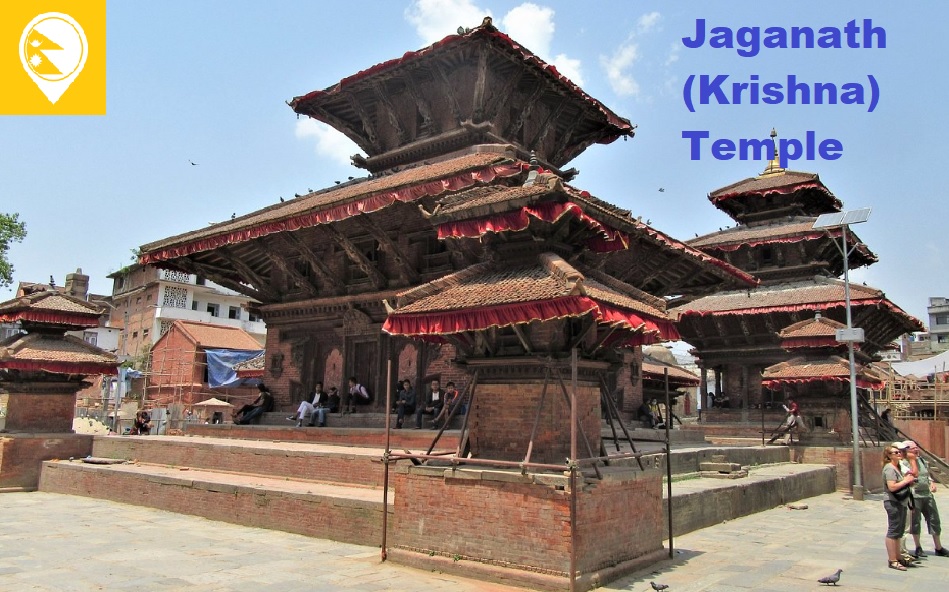Nestled amidst the serene landscapes of Nepal lies a hidden gem of spiritual significance — the Jagannath Krishna Temple. This sacred site, located in the heart of Kathmandu, draws devotees and tourists alike with its rich history and architectural splendor. Dedicated to Lord Jagannath, a form of Lord Krishna, this temple stands as a testament to Nepal’s deep-rooted cultural and religious heritage.
History and Origins
The origins of Jagannath Krishna Temple can be traced back several centuries, reflecting the intertwining of Hinduism and Nepali culture. Built in the traditional Nepalese pagoda style, the temple’s intricate wood carvings and detailed architecture are a marvel to behold. It is said that the temple was constructed during the reign of the Malla kings, who were known for their patronage of the arts and devotion to Hindu deities.
Architectural Marvel of Jagannath Krishna Temple
The temple’s architecture is a blend of pagoda and shikhara styles, characterized by its tiered roofs and ornate spires. Each detail of the temple, from the carved wooden pillars to the delicate sculptures of deities adorning its facade, tells a story of craftsmanship and devotion. The inner sanctum, where the deity of Lord Jagannath resides, is a place of tranquility and spiritual resonance.
Religious Significance
For devotees, visiting the This Temple is not merely a sightseeing experience but a journey of faith and devotion. Lord Jagannath, revered as the Lord of the Universe, is worshipped here with elaborate rituals and ceremonies. The temple becomes especially vibrant during festivals such as Krishna Janmashtami, when devotees gather to celebrate the birth of Lord Krishna with devotional songs and prayers.

Cultural Heritage and Preservation
As a testament to Nepal’s cultural heritage, the Jagannath Krishna Temple stands as a symbol of preservation and continuity. Efforts to conserve its architectural integrity and cultural significance are ongoing, ensuring that future generations can continue to experience its spiritual ambiance and historical richness.
Visiting the Jagannath Krishna Temple
Located in the heart of Kathmandu, the Jagannath Krishna Temple is easily accessible to visitors. Its serene surroundings offer a peaceful retreat from the bustling city life, immersing visitors in prayer and contemplation. The temple’s proximity to other historical landmarks and cultural sites makes it a must-visit destination for anyone exploring Nepal’s cultural tapestry.
The JK Temple in Nepal is more than just a place of worship; it is a living testament to the country’s spiritual and architectural heritage. Its intricate design, cultural significance, and religious fervor make it a captivating destination for travelers seeking to delve deeper into Nepal’s rich tapestry of traditions. Whether you are drawn by faith, history, or architectural splendor, a visit to this sacred site promises an enriching and unforgettable experience.
In essence, the Jagannath Krishna Temple invites us to explore its grandeur and the spiritual essence that has resonated through centuries, making it a cherished beacon of Nepal’s cultural landscape.
For Further Information
Nepal Tour Package provides the best tour packages for the travel lovers of each type, whether it is Adventure Tour, Spiritual Tour, Beach Tour, Family Tour, Heritage Tour, Holiday Tour & Wildlife Tour.
For more information call our tour experts: +91 –7982194316
Get the best Holiday Offers
Email Us at :- info@nepaltpurpackages.com




